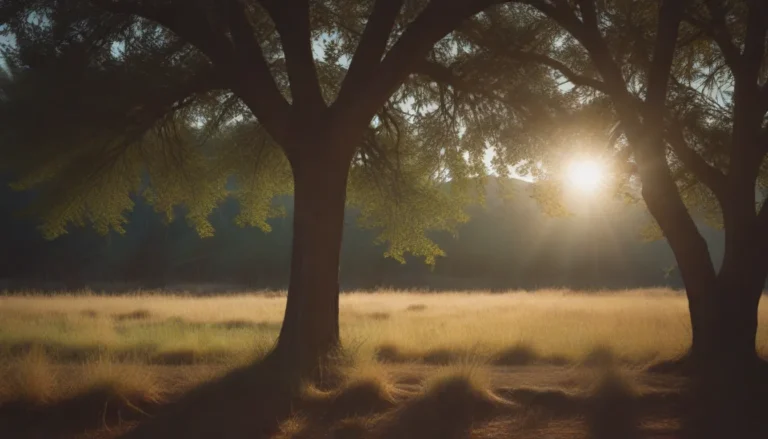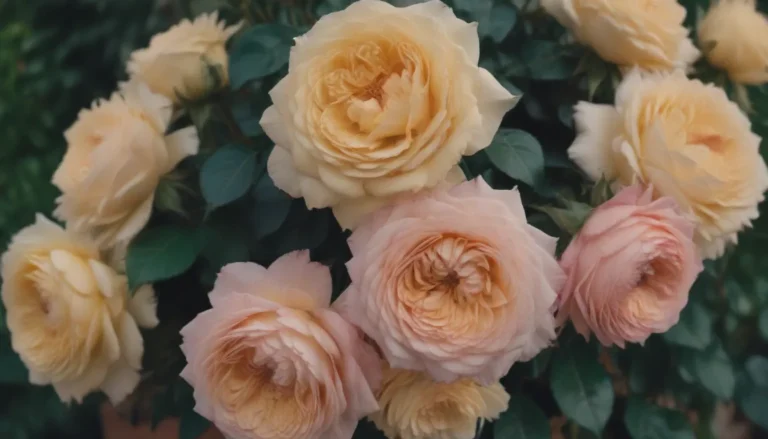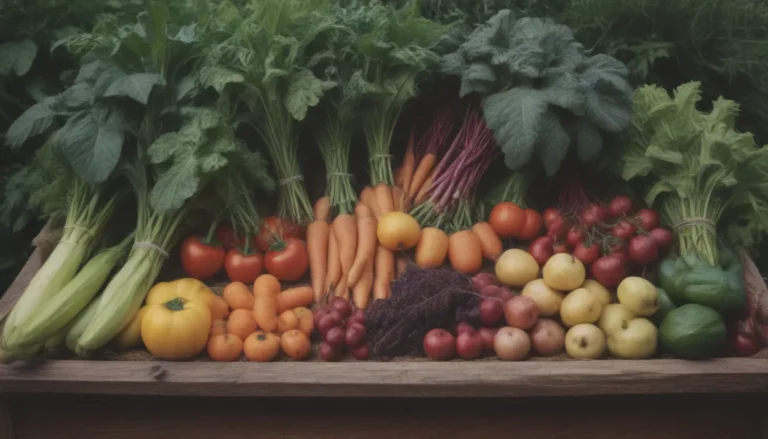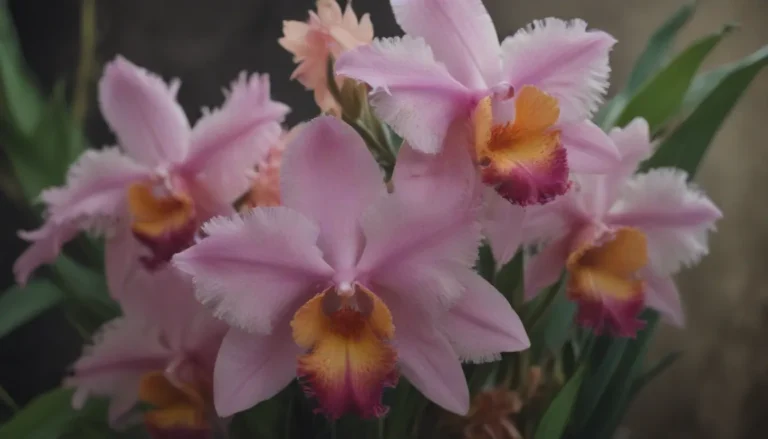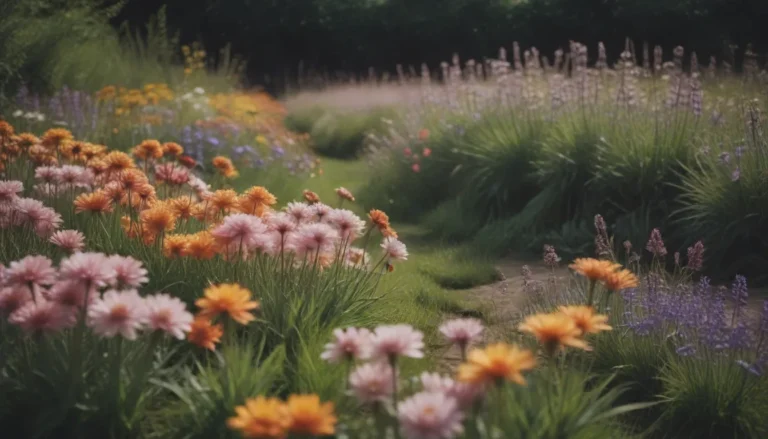The Ultimate Guide to Growing and Caring for Joe Pye Weed
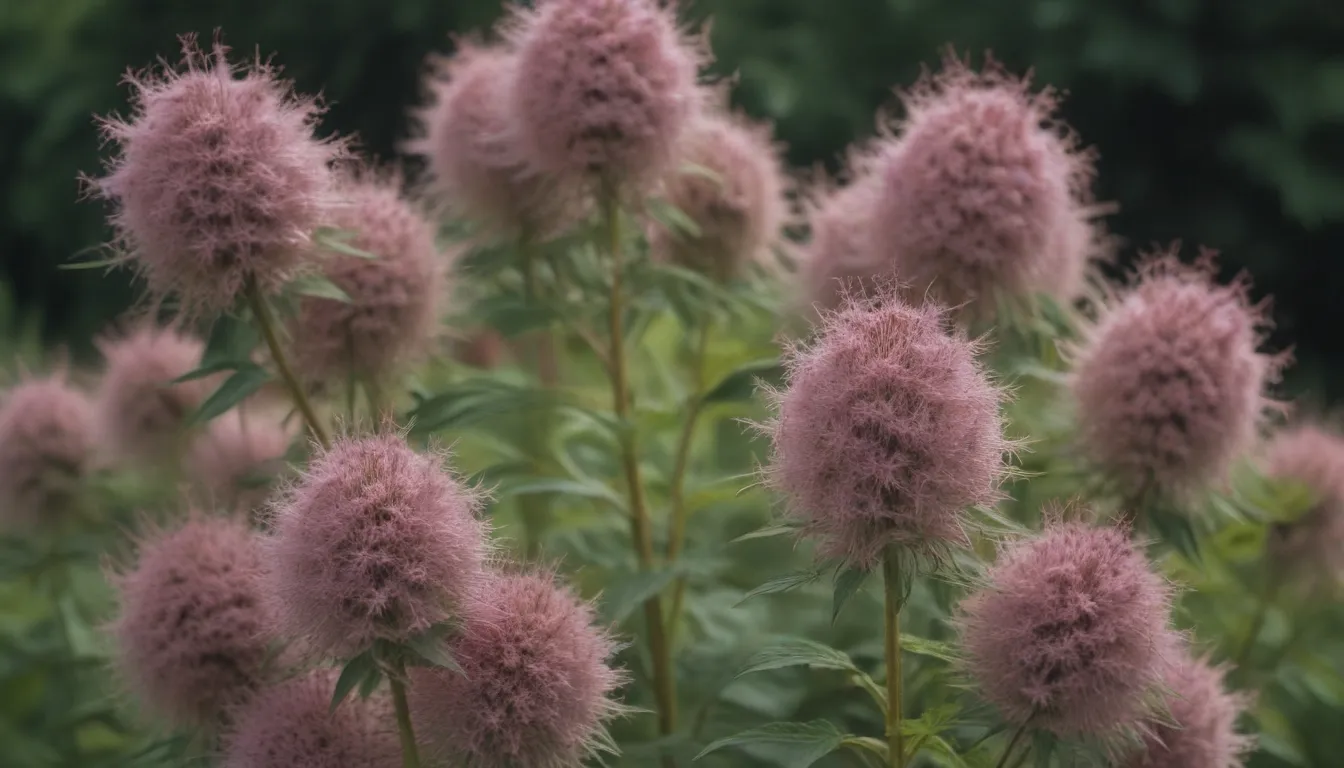
Welcome to the ultimate guide on how to grow and care for Joe Pye weed! If you’re looking to add a beautiful, late-blooming wildflower to your garden that attracts butterflies and other pollinators, then you’re in the right place. In this comprehensive article, we’ll cover everything you need to know to successfully grow and care for Joe Pye weed.
What is Joe Pye Weed?
Joe Pye weed is a stunning wildflower known for its tiny mauve or pink-purple flowers that bloom in large clusters atop tall, thick stems. This wildflower thrives in sites with somewhat moist soil, such as near streams or in drainage ditches. Joe Pye weed is a low-maintenance plant that requires full sun or partial shade, well-drained soil, and can tolerate both cold and warm conditions until frost hits.
Joe Pye Weed Care
Here are the main care requirements to grow the beautiful Joe Pye weed in your garden:
Light
- Joe Pye weed thrives best in full sun to partial shade.
- Ensure the plant gets enough sunlight to prevent legginess and flopping over.
- Protect the plant from the hot afternoon sun, especially in the summer months.
Soil
- Joe Pye weed is adaptable to various soil conditions but prefers rich, well-drained soil.
- The plant can tolerate clay soil, wet soil, and almost all soil pH levels.
- Consider adding compost to the soil for added nutrition.
Water
- Consistent soil moisture is essential for growing a robust Joe Pye weed.
- Keep the soil evenly moist, especially during the plant’s first growing season.
- Mulch around the plant helps retain soil moisture and keeps the roots cool.
Temperature and Humidity
- Joe Pye weed is hardy to both cold and heat within its growing zones.
- Frost causes the plant to die back for the winter.
- Humidity levels are generally not a concern as long as the soil remains moist.
Fertilizer
- Feed Joe Pye weed with slow-release fertilizer formulated for flowering plants in the spring and midsummer.
- Plants in their native fertile environment may not require additional fertilizer.
Types of Joe Pye Weed
While various species of Joe Pye weed exist, they are extremely similar in appearance. Some common species include:
- Eutrochium purpureum
- Eutrochium maculatum
- Eutrochium dubium
- Eutrochium fistulosum
- Eutrochium steelei
Pruning
When cold weather arrives, Joe Pye weed goes dormant and dies back. Pruning can be done in late fall or early spring. Consider cutting the stems back by half in June to encourage more flowers on new growth.
Propagating Joe Pye Weed
Root division is the easiest way to propagate mature Joe Pye weed plants, best done in early spring or fall. The plant is known for its ease of propagation.
How to Grow Joe Pye Weed From Seed
Seeds of Joe Pye weed require cold stratification to germinate. Proper storage and planting techniques are essential for successful growth from seeds.
Overwintering and Common Plant Diseases
Joe Pye weed requires no special winter protection but can benefit from cutting back stalks after frost. Powdery mildew is a common issue for Joe Pye weed, but it can be managed with proper care and attention.
How to Get Joe Pye Weed to Bloom
Joe Pye weed blooms from midsummer to fall and attracts pollinators with its sweet scent. Encourage more blooms by providing adequate light, water, and nutrition.
Common Problems With Joe Pye Weed
While Joe Pye weed is generally easy to care for, common problems such as scorched leaves and powdery mildew can occur. Proper watering, sunlight, and care can help prevent these issues.
In conclusion, Joe Pye weed is a beautiful and low-maintenance plant that can add charm to any garden. By following the care tips outlined in this guide, you can successfully grow and care for Joe Pye weed in your own outdoor space. Whether you’re a seasoned gardener or a beginner looking to enhance your garden, Joe Pye weed is a great choice for adding color and attracting pollinators.
So, why not give Joe Pye weed a try in your garden today? Happy gardening!
